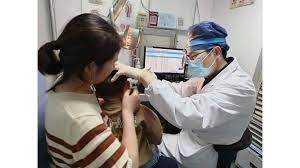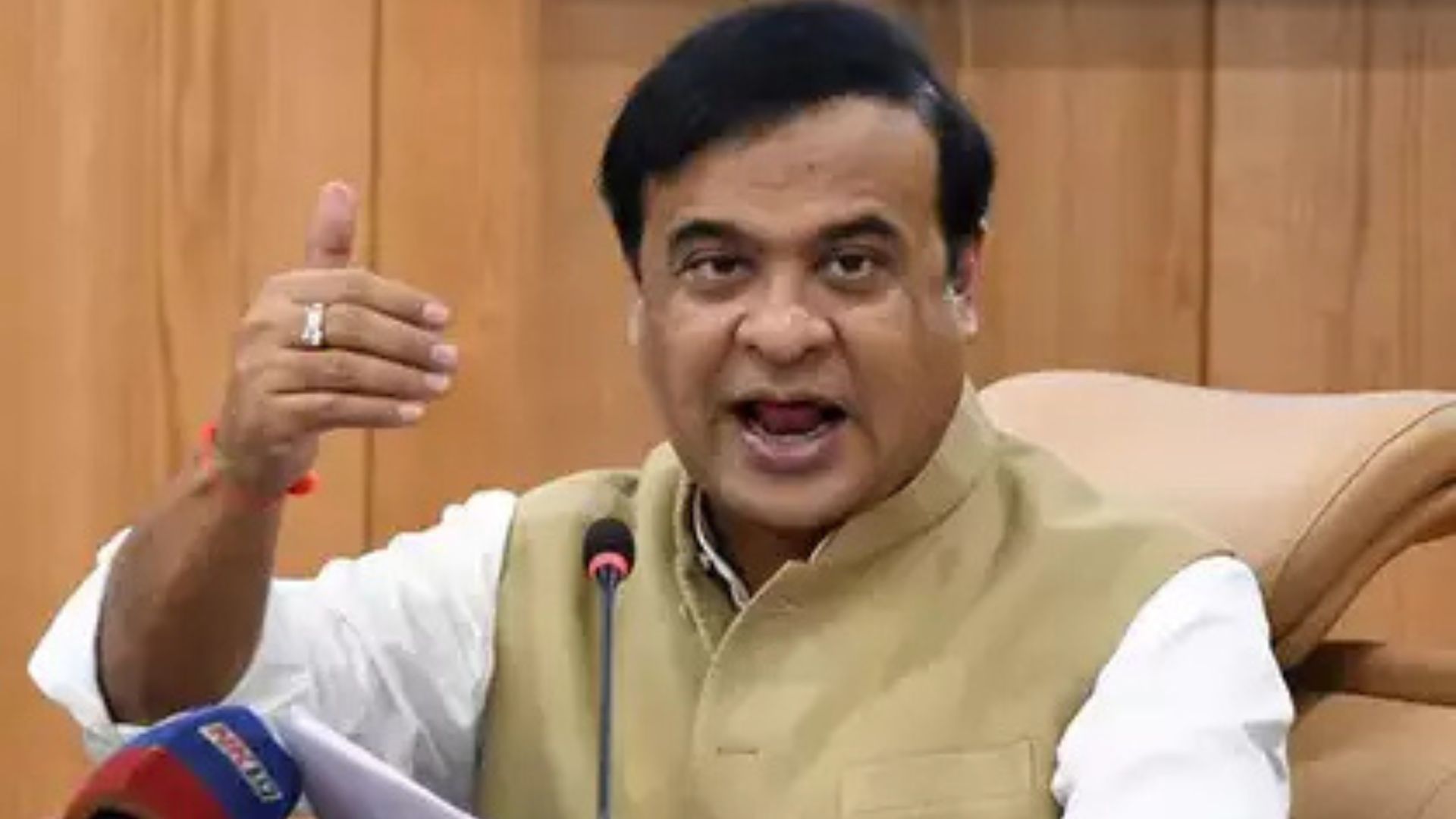
In an example of how important a quick and proper diagnosis is doctors at PSRI Hospital in Delhi were able to successfully save the vision of a 5-year-old child who was suffering from myasthenia gravis (MG), a rare neuromuscular disorder characterised by abnormal muscular weakness.
In this disease, which is a quintessential autoimmune disease, muscles start exhibiting a typical fatigable weakening due to the development of antibodies against the acetylcholine receptor (AChR). The main causes of this is infections, stress, surgeries, thymus gland anomalies, or pharmaceutical side effects.
MG is triggered by self-reactive antibodies that attack proteins required for the normal function of the neuromuscular junction, the site where nerve and muscle cells communicate to coordinate voluntary movements, leading to muscle weakness and fatigue.
Last week, concerned parents of a 5-year-old child with a complaint of progressive eyelid drooping (ptosis) that had been developing over the past 4-5 days reached out to PSRI with apprehensions of a severe neurological disorder, including the possibility of a brain tumour, due to the sudden onset of this symptom. Upon admission, the medical team at PSRI Hospital carried out a comprehensive evaluation to identify the underlying cause of the ptosis. The child underwent a thorough physical examination, including a neurological assessment.
Specific attention was given to muscle strength, reflexes, and any other neurological abnormalities. Additionally, a battery of tests was employed, including blood tests, neuro-electrophysiology testing, and imaging studies, to rule out potential causes.















